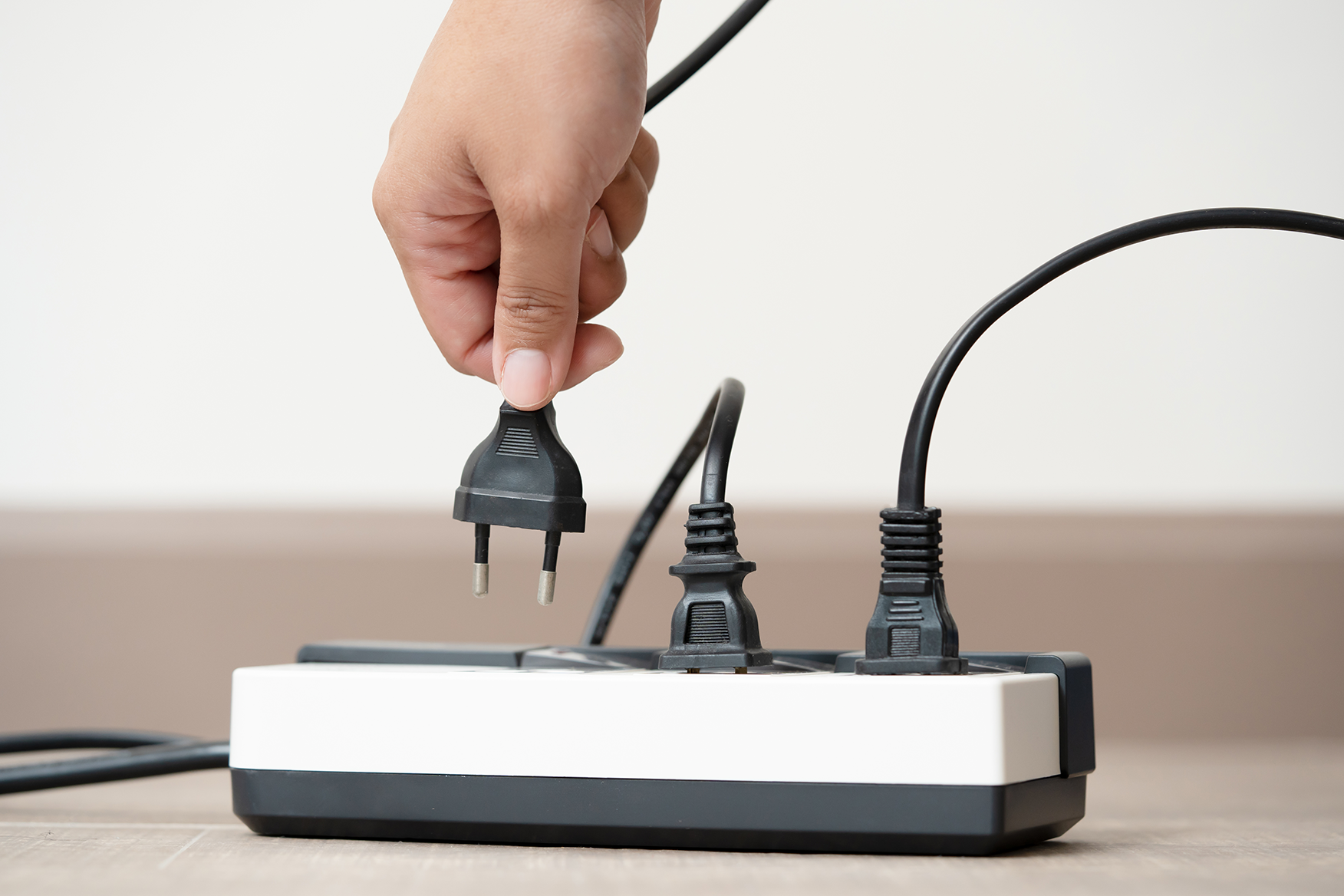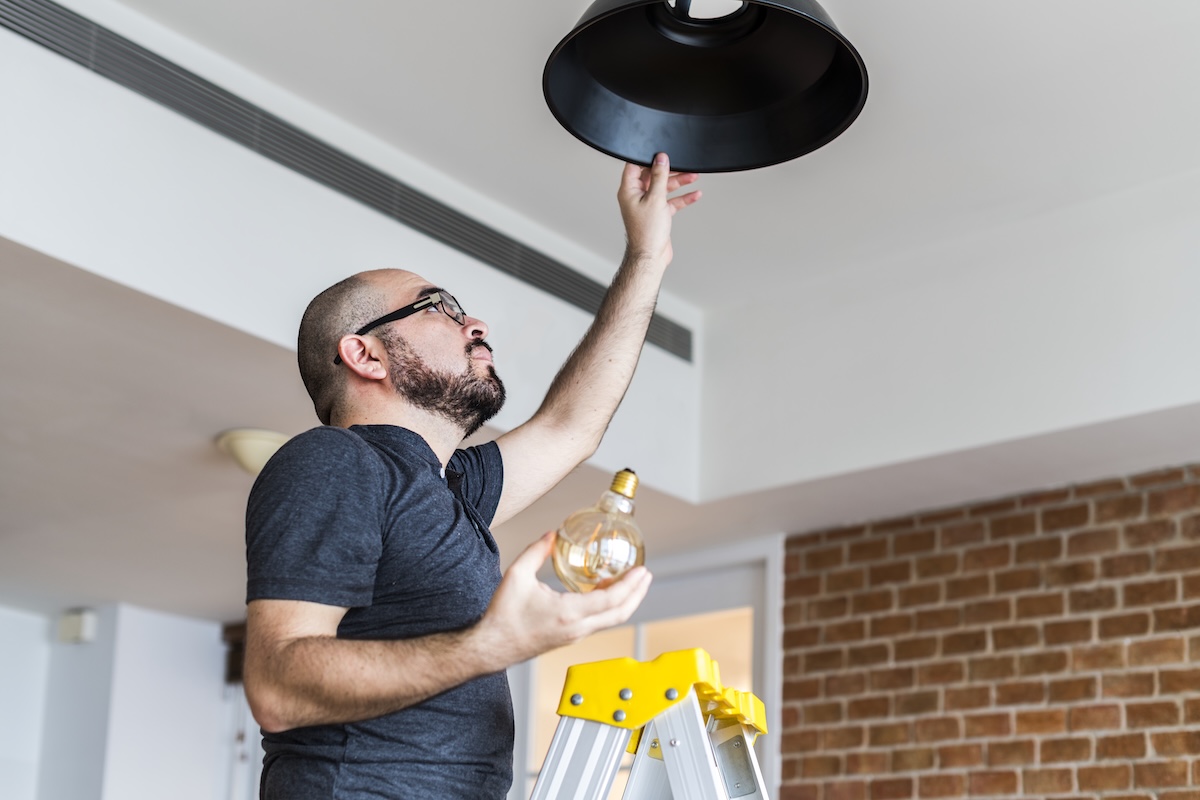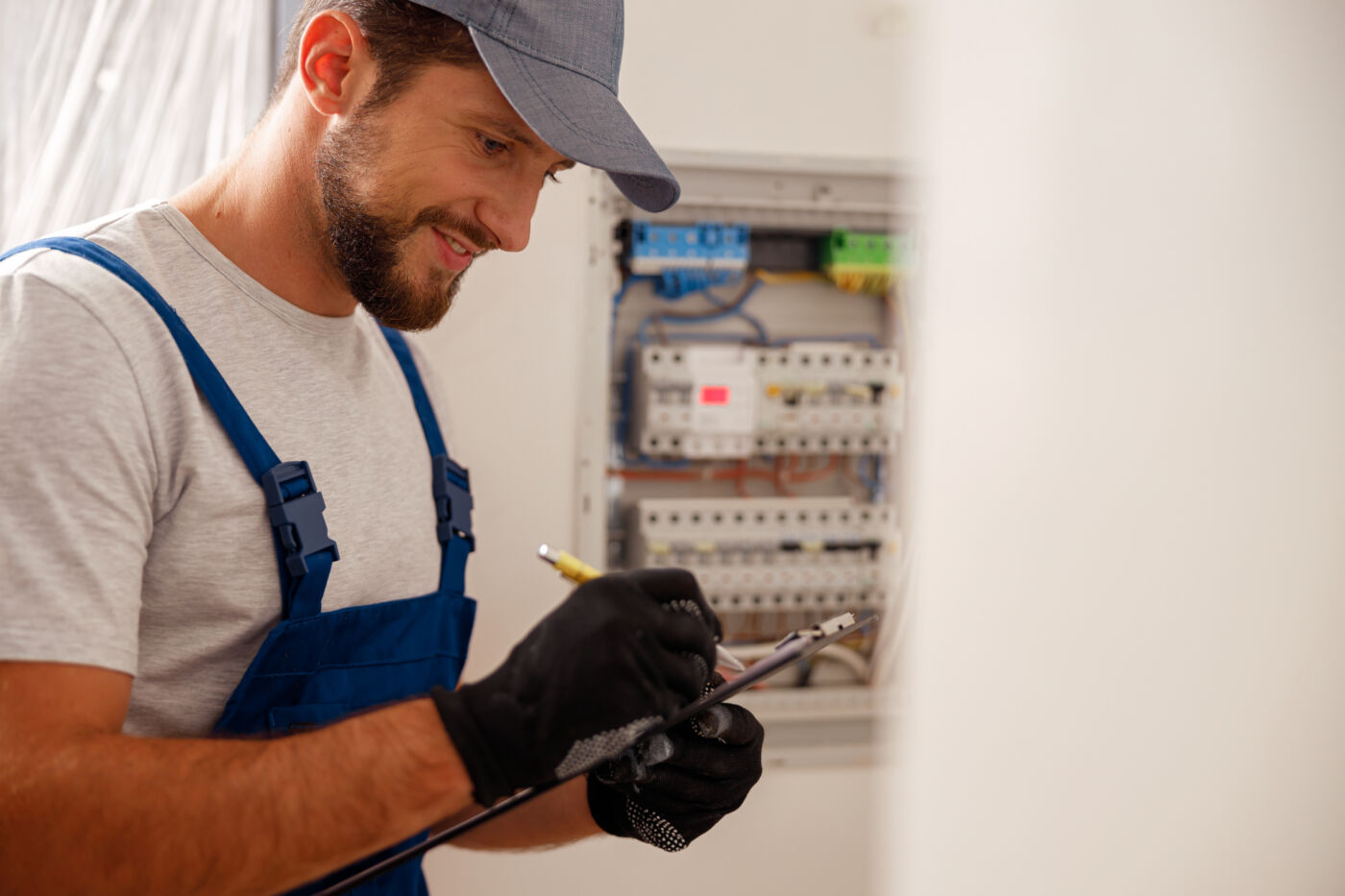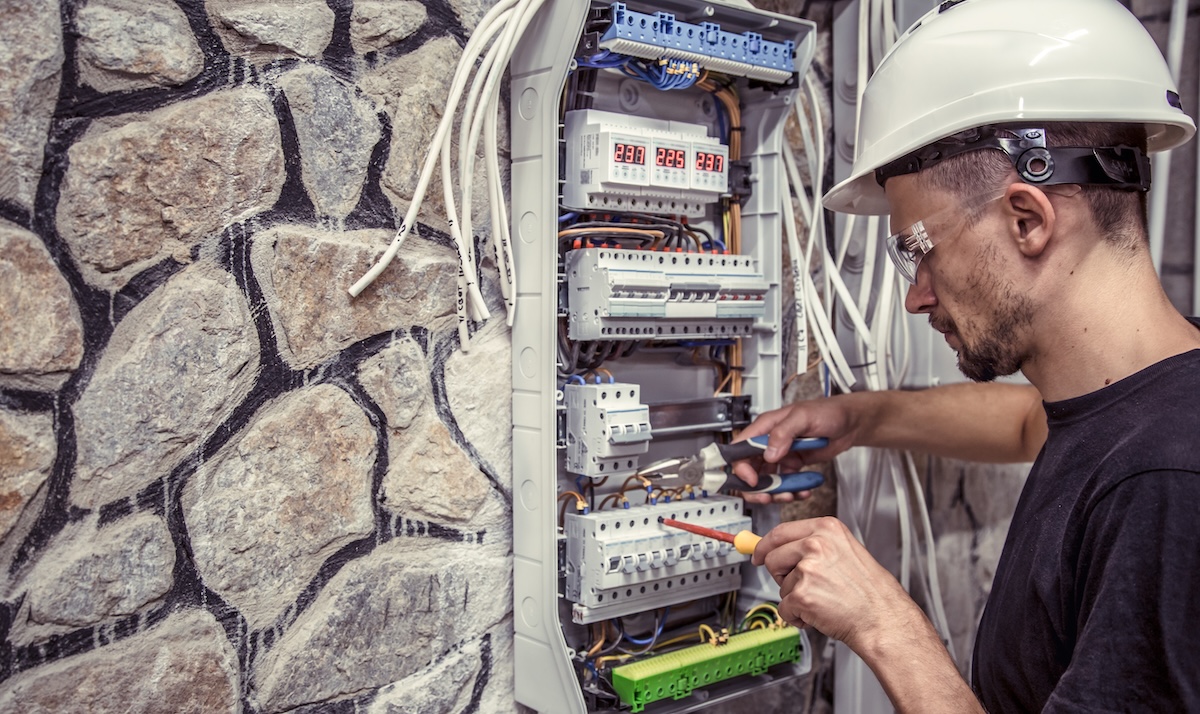From faulty wiring and overlamping to power sags and dips, these electrical issues often lead to residential accidents. For your guide, here’s a continuation of the common electrical problems you might encounter at home so you or a licensed electrician can fix them right away.
Importance of Understanding Your Home Electrical System
Understanding how electrical systems work is crucial for your safety. Your basic knowledge about electricity will help you take the necessary precautions to avoid common electrical problems.
By being informed, you can prevent the following accidents and problems:
- Electrocution
- Household fires
- High electricity bill
- Frequent Power Outages
- Burns
- Death
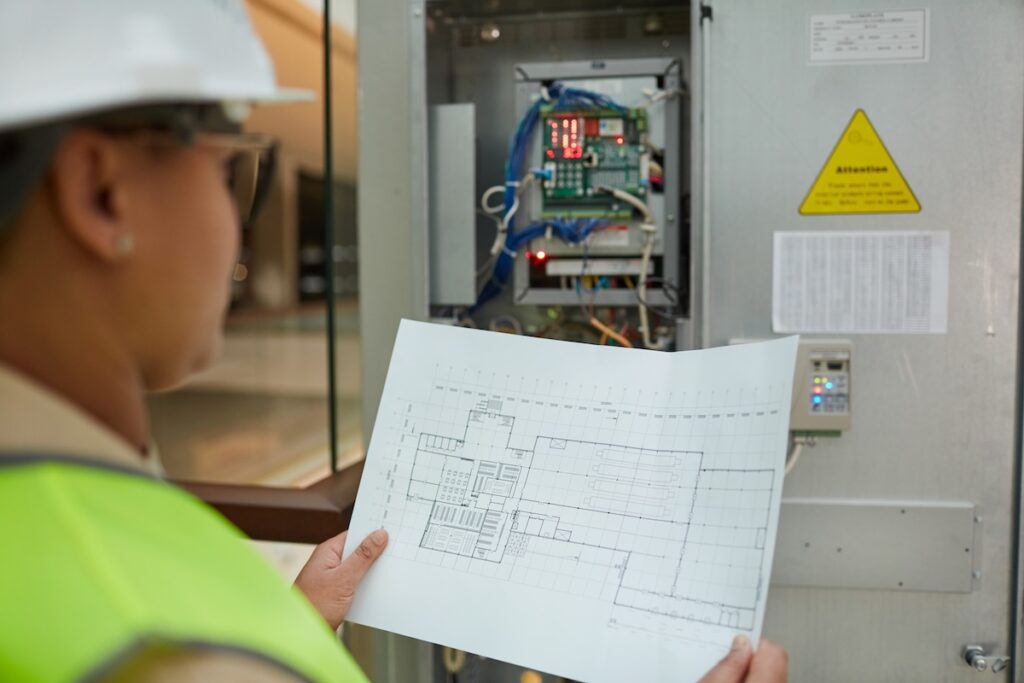
Common Electrical Problems at Home
Below are the common household electrical issues to help you gain insight into electrical troubleshooting.
Dead Outlets
How to identify? When an outlet stops working, it could be because of loose and faulty wiring that might ignite sparks or fire.
Does it violate a code? Yes
What is the danger level? High. Dead outlets might indicate overheating, which can be dangerous and burn the house down.
How to fix? Turn off the power and tighten any loose connections. If the problem persists, replace the outlet with a new one.
Electrical Shocks
How to identify? Outdated wiring or damaged cords increase your chances of getting electrocuted. An electric shock happens when you come into contact with live electricity.
Does it violate a code? Yes
What is the danger level? High. Loose plugs and faulty wiring can cause burn injuries and even death.
How to fix? To avoid electric shock accidents, put your electrical devices away from water. Check your cords and wires for cracks. Don’t forget to safely unplug your appliances after use.
Faulty Wiring
How to identify? If you’ve noticed that your lights constantly flicker and buzz, this could be a sign of bad wiring or an overloaded circuit.
Does it violate a code? Yes
What is the danger level? High. Exposed and frayed wires can cause them to burn, which can damage your appliances and pose safety risks.
How to fix? Check for signs such as flickering lights and sparking outlets. Then, locate which circuit is affected to replace damaged wires.
Loose Outlet Plug
How to identify? If a plug doesn’t stay in an outlet, it could mean that the contact points have become weak.
Does it violate a code? Yes
What is the danger level? High. A loose electrical connection can trigger flammable materials nearby and generate fire.
How to fix? Using pliers, slightly bend the plug prongs inwards to fix contact with the outlet. Then, plug it back in to test if it stays in place.
Burning Smell
How to identify? Burning smells can indicate various electrical problems such as overheating appliances and loose wires.
Does it violate a code? Yes
What is the danger level? High. It can cause fires if you fail to troubleshoot the main cause of the burning smell.
How to fix? Open all your windows and doors to let the indoor air out. If the smell continues, turn off the circuit immediately.
Overlamping
How to identify? This happens when you place a light bulb with a higher wattage than the socket can handle.
Does it violate a code? Yes.
What is the danger level? High. It produces intense heat and melts the socket, damaging the electrical wires which then causes electric shock.
How to fix? To prevent overloads, check if any switches have tripped in your electricity panel. You may need to upgrade your system and add an extra circuit at home.
Aluminum Wiring
How to identify? If your electrical panel is aluminum, the switches and outlets in your home feel warm and emit a ringing noise.
Does it violate a code? Yes
What is the danger level? High. It can pose fire risks as the wires tend to expand and heat up.
How to fix? Add copper to the end of each wire. In that way, copper connects to the outlets and sockets, instead of aluminum.
Overcircuited Panel
How to identify? This happens when your electrical panel struggles to handle your circuit breakers because it has surpassed the maximum load capacity of your house.
Does it violate a code? Yes
What is the danger level? High. It can lead to injuries, household fires, and property damage.
How to fix? Turn off and reset the main breaker of your house. Just a tip, you’ll need 200-amp if you have a central AC or electric heater and your home spans 2,000 square feet.
Warm outlets or switches
How to identify? It can be normal for outlets and switches to feel warm because of the copper wiring that turns friction into heat. However, they shouldn’t be too hot to touch.
Does it violate a code? Yes
What is the danger level? High. Melting, discoloration, and burning smell are all signs that can lead to household fires.
How to fix? Unplug all your devices and inspect your outlets and switches for any loose wires. If there are any damaged components, replace them with new ones.
Damaged extension cords
How to identify? If the prongs are worn or bent slightly, the extension cords are not safe to use anymore.
Does it violate a code? Yes
What is the danger level? High. Damaged extension cords can become a problem if used for appliances that use more watts. These can lead to electrical shorts and tripping hazards.
How to fix? Before any repairs, unplug your devices from the extension cord. If the damage is minimal, you can simply use electrical tape to cover the damaged area.
Power Sags and Dips
How to identify? These refer to short-term drops in voltage 10% below the normal level, such as in a 120-volt outlet dropping to 90.
Does it violate a code? Yes
What is the danger level? Minimal. However, frequent voltage drops can damage electrical appliances at home.
How to fix? Use surge protectors, especially when plugging appliances like TVs and computers to help divert the excess volts to the ground.
Electrical Arcing
How to identify? You hear a crackling sound upon turning on a switch. Likewise, electrical arcing happens when you plug in a device and it sparks.
Does it violate a code? Yes
What is the danger level? High. An arc flash can cause burns and household fires.
How to fix? Turn off the circuit breaker of the affected area and call a licensed electrician to inspect the source of arcing.
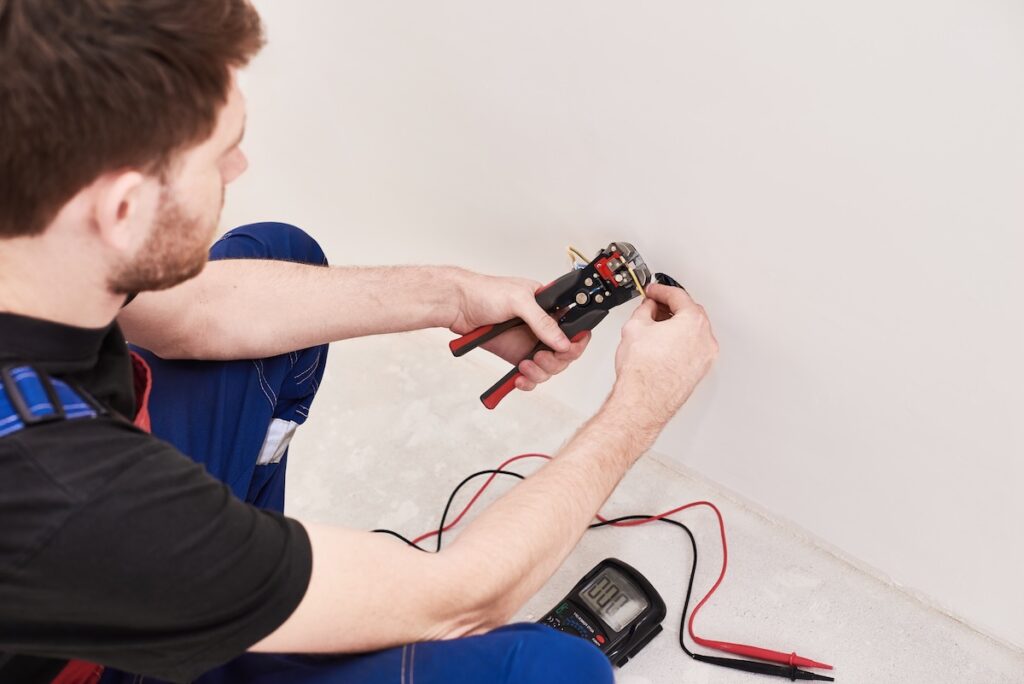
Signs of Faulty Electrical Wiring
Here are some signs to help you detect common electrical problems at home.
What can you see (visual indicators)
- Flickering – Not a major cause for concern if it’s just a loose bulb.
- Dimming – If it happens briefly, it could just mean a simple voltage drop.
- Sparks – Oftentimes, plugging something in causes a small spark, which is harmless.
What you smell (unusual smell)
- Burning – A strange smell will not always mean something’s burning. It can also indicate overheating appliances or sparking outlets.
- Unpleasant chemical odors – Sometimes, a new appliance smells like melting plastic when turned on for the first time but this isn’t a cause for concern.
- Melting rubber – If you smell burnt rubber for no reason, it could just be a sign that your HVAC system is malfunctioning.
What you hear (auditory warnings)
- Buzzing sound – A slight hum is normal since breakers vibrate when electric current flows.
- Sizzling noise – This is often due to an occasional spark when plugging devices.
- Beeping – Most likely, beeps are worn-out batteries of smoke detectors; otherwise, there’s nothing to worry about.
Requesting an electrical service
For your peace of mind, get your house checked at least once a year to identify common electrical problems. But if you’re renting, make sure to do initial DIY checks before signing contracts. For those living in an apartment or condo, check if there’s an improper installation of outlets or switches, and if there are any damaged components.
Contact Lineside Electrical today for electrical repairs and installations.

